AMD AM4 Platform
Rated: 7.5/10
AMD AM5 Platform
Rated: 8/10
Pros And Cons
| Platforms | Pros | Cons |
|---|---|---|
| AM4 | ✅ More budget-oriented ✅ DDR4 support ✅ A lot of supported processors | ❌ No DDR5 or PCIe 5.0 support ❌ Does not support the new chips |
| AM5 | ✅ DDR5 support ✅ PCIe 5.0 support ✅ More up-to-date | ❌More expensive ❌No DDR4 support |
- AMD’s new AM5 platform brings improvements, including DDR5 support and PCIe 5.0.
- Though PCIe 5.0 is backwards compatible with all other PCIe interfaces, the AM5 platform supports DDR5 RAM exclusively, with no support for DDR4.
- Though AM5 brings some improvements, AM4 is still a perfectly viable platform if you want to use an older processor.
AMD has used the AM4 socket since the launch of the original Zen processors all the way up to the Zen 3 processors, but they have recently upgraded their platform with the Zen 4 processors. This has sparked some debate on the AM5 vs AM4 platform, which is exactly what we will address in this comparison.
Comparison Table
| Features | AM4 Socket | AM5 Socket |
|---|---|---|
| Package Type | uPGA | LGA |
| Package Size | 40mm x 40mm | 40mm x 40mm |
| HFS Compatibility | Fully Interoperability | Fully Interoperability |
| Pin Count | 1331 | 1718 |
| Memory | DDR4 | DDR5 |
| PCIe | 24 Lanes | 28 Lanes |
| Display Interfaces | 3x Dedicated | 1x Dedicated, 3x Type-C |
| USB Support | 4x USB 3.2 (Type-A) | 3x USB 3.2 (Type-C) 1x USB 3.2 (Type-A) 1x USB 2.0 |
| Audio | HDA | HDA/Soundwire/DMIC |
| SPI/eSPI | 1 port SPI/eSPI | 2 ports SPI/eSPI |
| Platform Power Control | SV12 | SV13 |
What’s New In The AM5 Socket
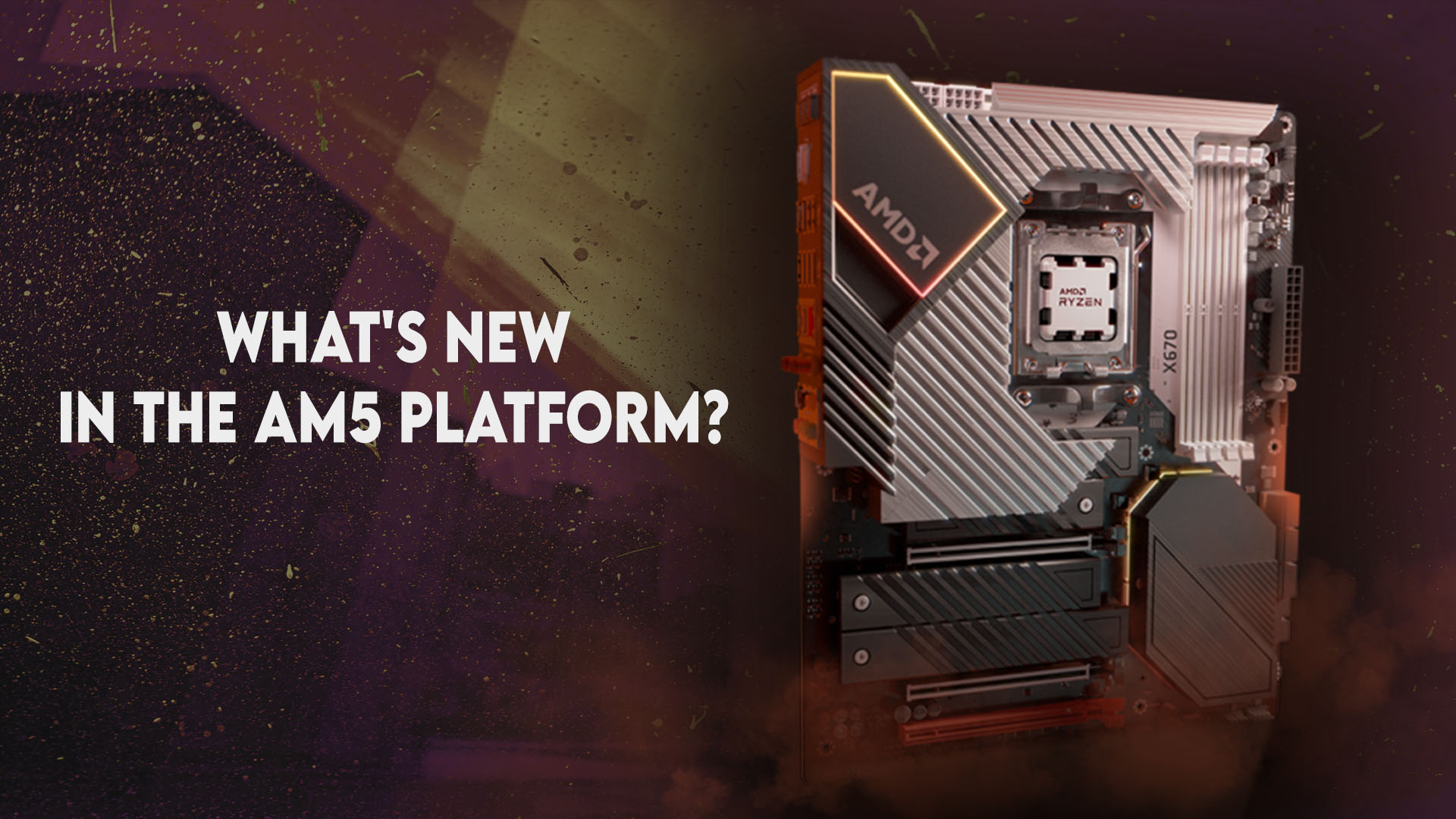
For the foreseeable future, the AM5 platform has become the backbone of the oncoming AMD processors, starting with the Ryzen 7000 series. This was more than a change for the sake of change, as this new technology brings many advancements that AM4 was incapable of.
The shift from a PGA to an LGA design is one of the major changes, combined with DDR5 support (exclusively) and PCIe 5.0 connectivity.
Though the exclusivity to DDR5 memory is not inviting for some consumers, it does bring improved data speeds. The shift from PCIe 4.0 to 5.0 does the same thing, doubling transmission rates to make your storage feel even more zippy than it has gotten in recent years.
AM5 Vs AM4 Socket
Let’s examine the significant transition from AM4 to AM5 sockets. AM4 accommodated five CPU architectures over five years. Despite its enduring compatibility and longevity, the AMD socket remained unchanged from 2017 to 2022.
Due to this stagnation, AMD processors show annual performance gains but lag behind in cutting-edge benchmarks. Although Zen 3 CPUs are outstanding, they lack compatibility with DDR5 memory or PCIe 5.0. AMD has announced the end of the AM4 Socket, leading to anticipation about the future-proofing of the AM5 Socket.
Given AMD’s track record, it is safe to assume that the AM5 platform will be kept up to date for the next 3 – 5 generations of processors.
Without further adieu, let us dive into what makes the AM5 platform stand apart from its predecessor.
LGA (1718 Socket) Vs PGA
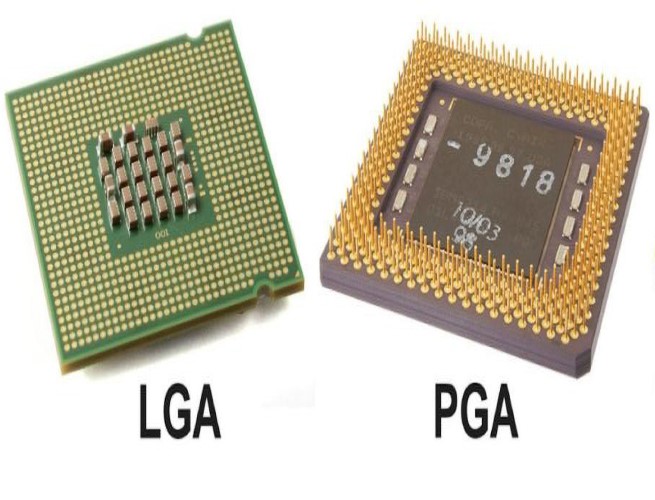
People think of going from LGA to PGA sockets as a cosmetic change, but it achieves much more than that.
The LGA design serves to be much safer, with the pins being located on the motherboard instead of the processor itself. This allows the processor to have more contact points (1718 instead of 1331) without being as fragile, bringing forth the ability to implement new technologies we will discuss later.
PCIe 5.0 Vs PCIe 4.0 Support
PCIe 5.0 support was also a primary focus for this new platform, allowing users to get much more bandwidth from their storage devices and graphics cards.
Though no consumer GPU supports this technology at the time of writing, PCIe 5.0 is a thoughtful bit of future-proofing done by AMD to keep this platform up to date for longer.
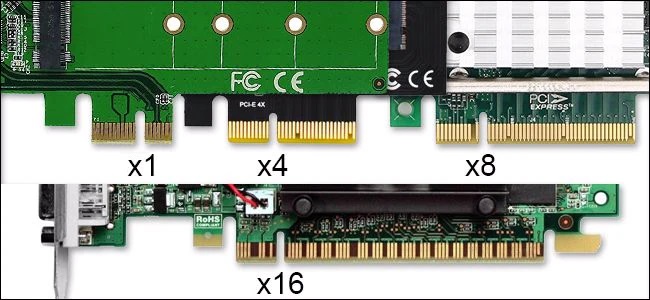
On the other hand, Storage has been utilizing PCIe 5.0 for a while now, and the addition of this technology can mean your PC feels noticeably faster during storage-intensive workloads.
Though PCIe 4.0 is still a serviceable interface, PCIe 5.0 keeps AM5 afloat for longer while coming at seemingly no extra cost, pushing the envelope further and improving performance.
If you want to see how advancements in PCIe technology can affect gaming performance, peer at our comparison between PCIe 3.0 & PCIe 4.0.
DDR5 Vs DDR4 Memory Support
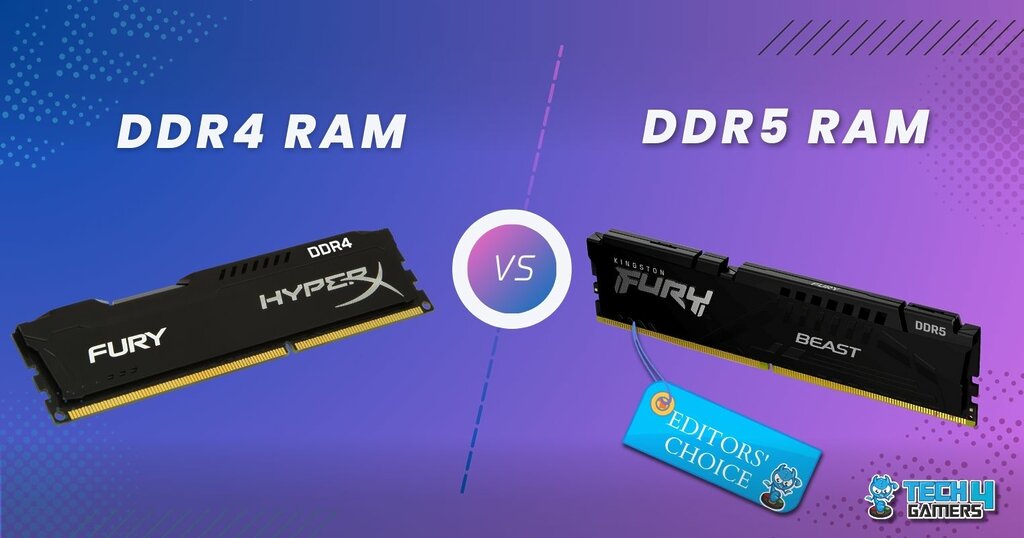
AMD’s primary motivator for this upgrade was the ability to use DDR5 RAM, which could not be possible with the older platform. In doing so, they have forsaken DDR4 completely, making this new platform only compatible with DDR5 memory.
With the nature of AMD CPUs and processors in general, DDR4 memory had been a bottleneck in achieving the maximum performance possible. The price of these technologies has also mellowed down a lot since its release, with DDR5 costing far less than it used to.
Overall, the availability of DDR4 memory would have been appreciated, but we are past the point where getting DDR5 is a problem for most consumers buying into this platform from AMD, bringing performance uplifts in the process.
Of course, if you want to look at the difference in performance between these two technologies, feel free to check out our DDR4 vs DDR5 comparison.
AM5 Socket Support Through 2025
Our Recommendation
AM4: The AM4 platform has been integral to AMD’s CPU lineup, offering consistent Zen to Zen 3 benefits. It ensures upgradeability for budget PCs with older processors. While the lack of DDR5 and PCIe 5.0 may pose minor inconveniences, they are not significant issues for most users.
AM5: This platform brought a timely end to its predecessor’s rein with many upgrades. It is not without flaws; DDR4 support would have been much appreciated, but it serves the purpose it set out to achieve: updating the backbone of AMD’s architecture for the next few years.
In conclusion, the AM4 and AM5 platforms are viable options to build out in 2024 with clear demographics. AM5 is meant for people who can spare to get the latest CPUs, whereas AM4 is something to fall back on for more budget-oriented gamers.
Frequently Asked Questions
AMD’s move to the AM5 Socket was to enable DDR5 memory support, which is not feasible with the AM4 Socket’s PGA interface. While the AM5 Socket now supports DDR5, it’s incompatible with DDR4 RAM, a limitation worth considering.
AMD’s Ryzen CPUs have been based on the AM4 Socket since their inception, but the upcoming generation will transition to the AM5 Socket. Although AM4 is being phased out for AM5, its disappearance won’t be immediate. Expect both AM4 and AM5 to coexist for a while longer.
AMD’s Ryzen 7000-series CPUs introduce the company’s first new processor socket in six years, featuring an advanced design for immediate use and future expansion. AMD pledges support and updates for the AM5 Platform, including new technologies and designs, until 2025.
Similar Comparisons
Thank you! Please share your positive feedback. 🔋
How could we improve this post? Please Help us. 😔
[Comparisons Specialist]
I’m a passionate computer hardware expert specializing in CPUs and GPUs. With a lifelong curiosity for hardware and extensive hands-on experience, I provide valuable insights, practical advice, and in-depth analysis on these components. Engaging with the hardware community, I exchange knowledge and stay at the forefront of technological advancements.
Get In Touch: uzair@tech4gamers.com


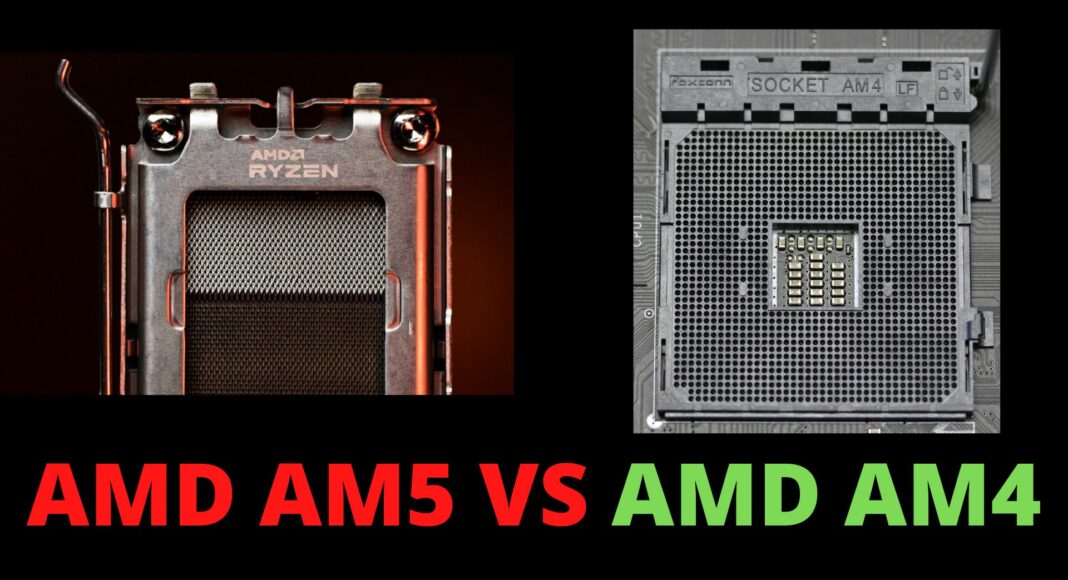


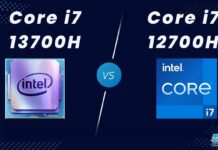
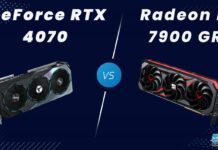
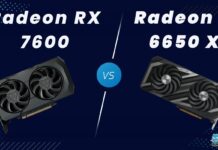

Feedback By: